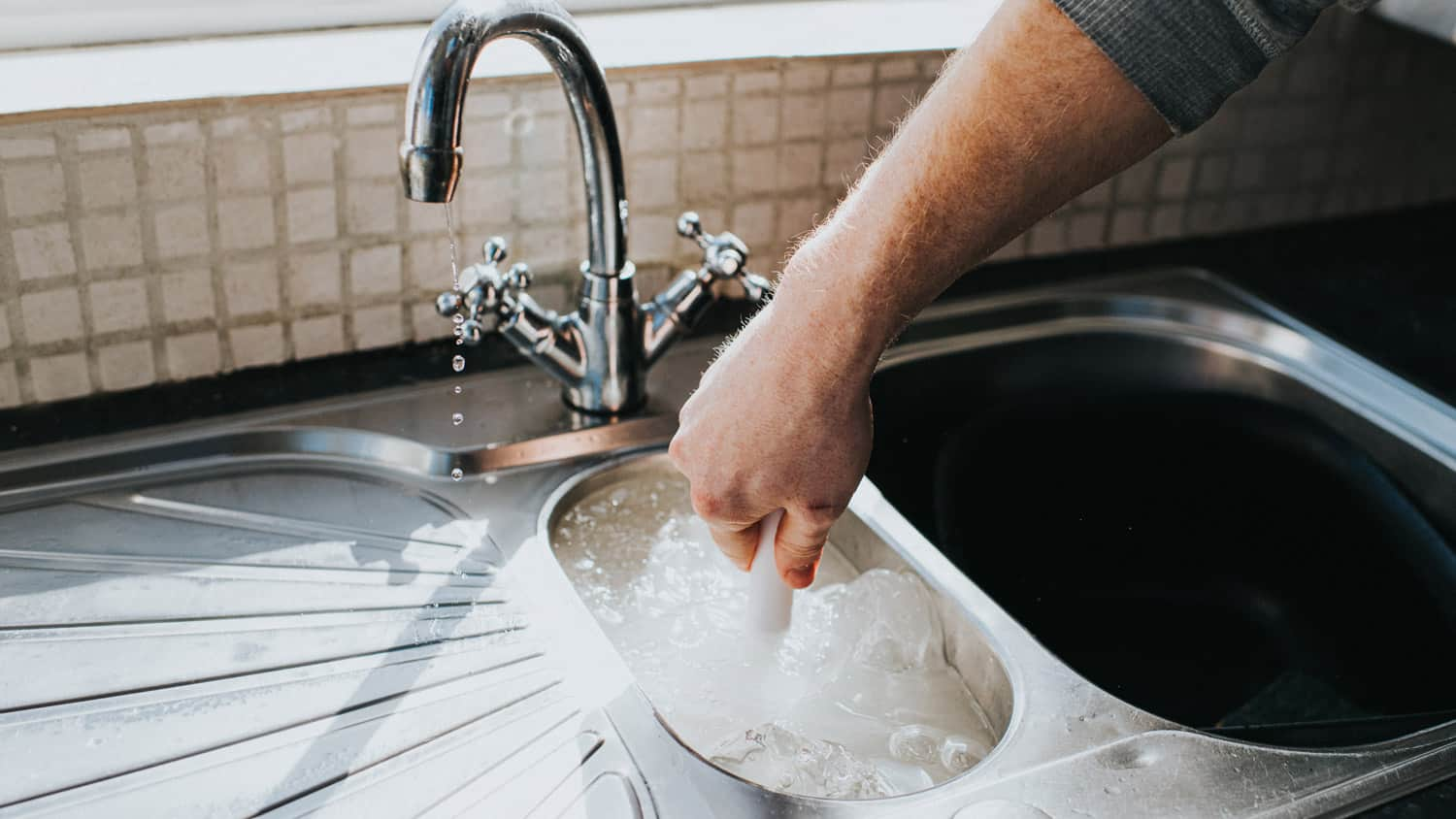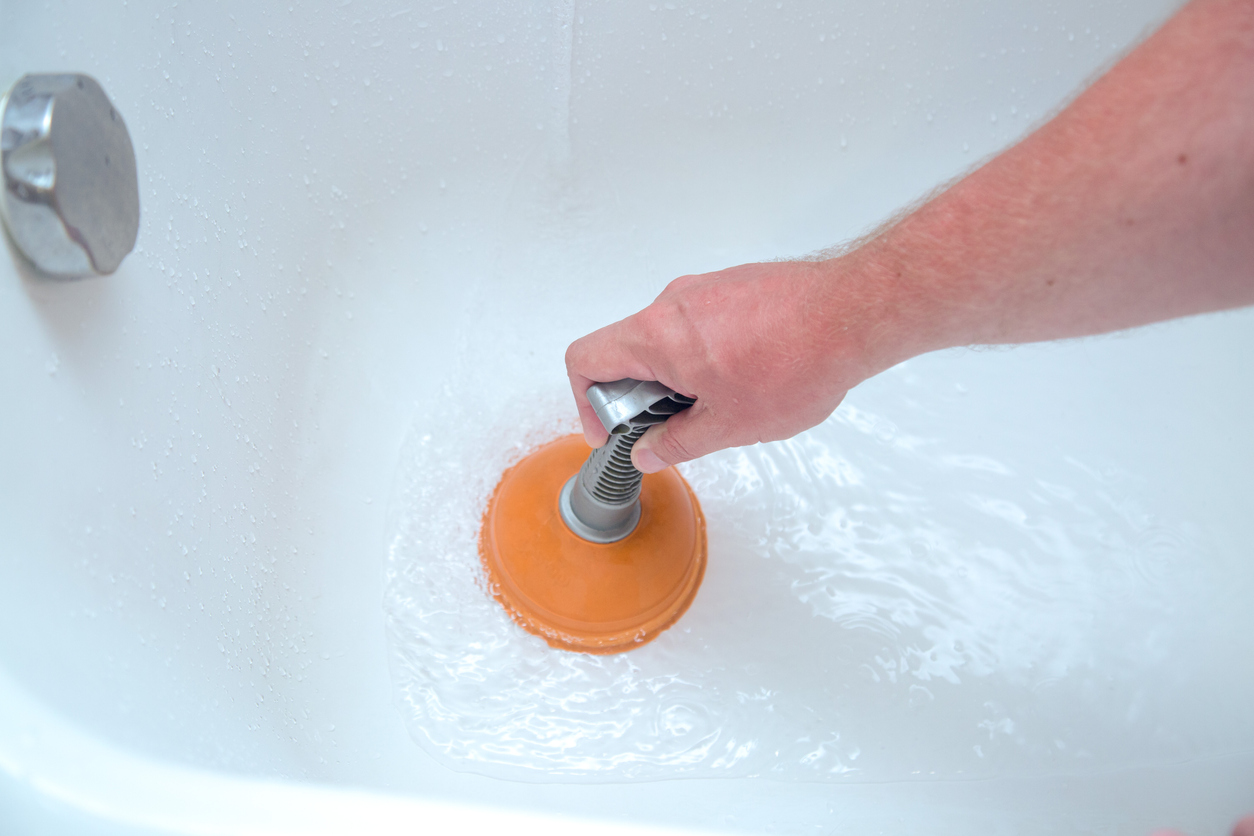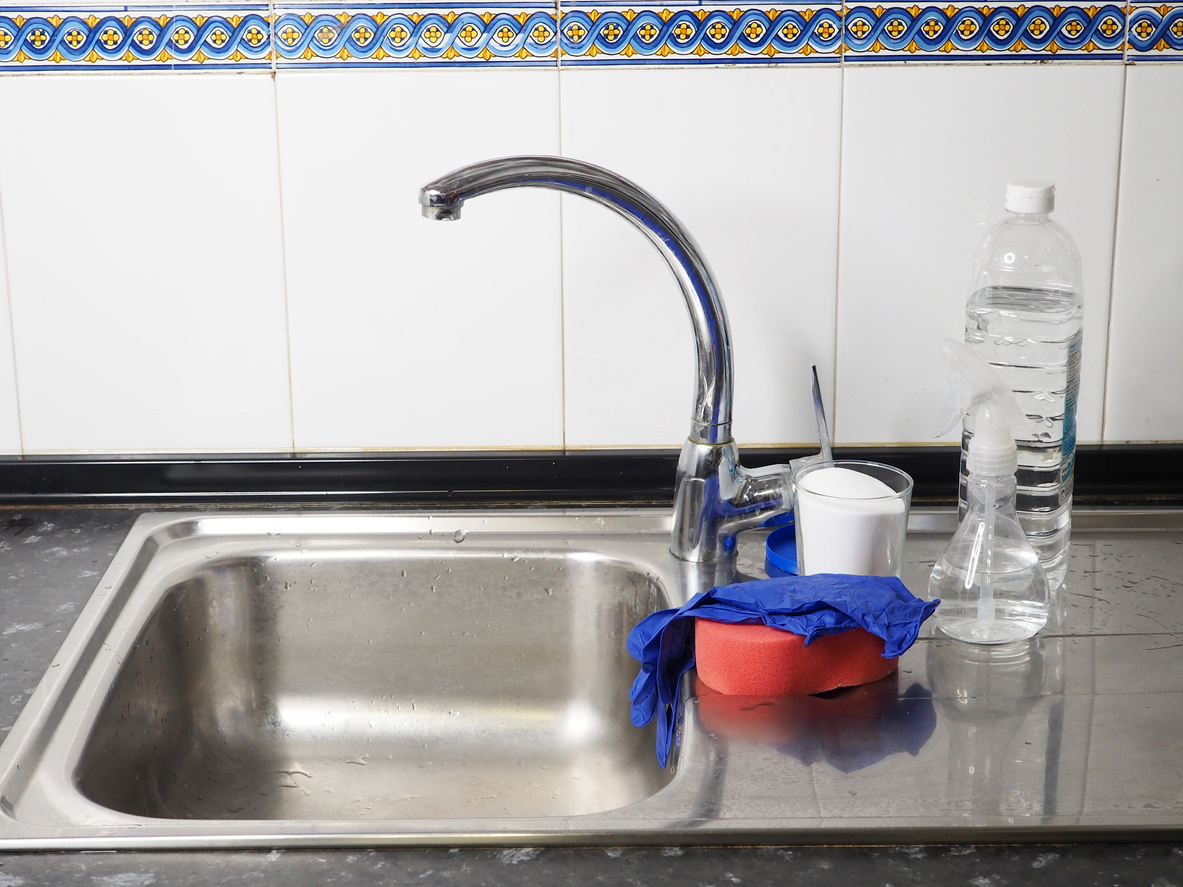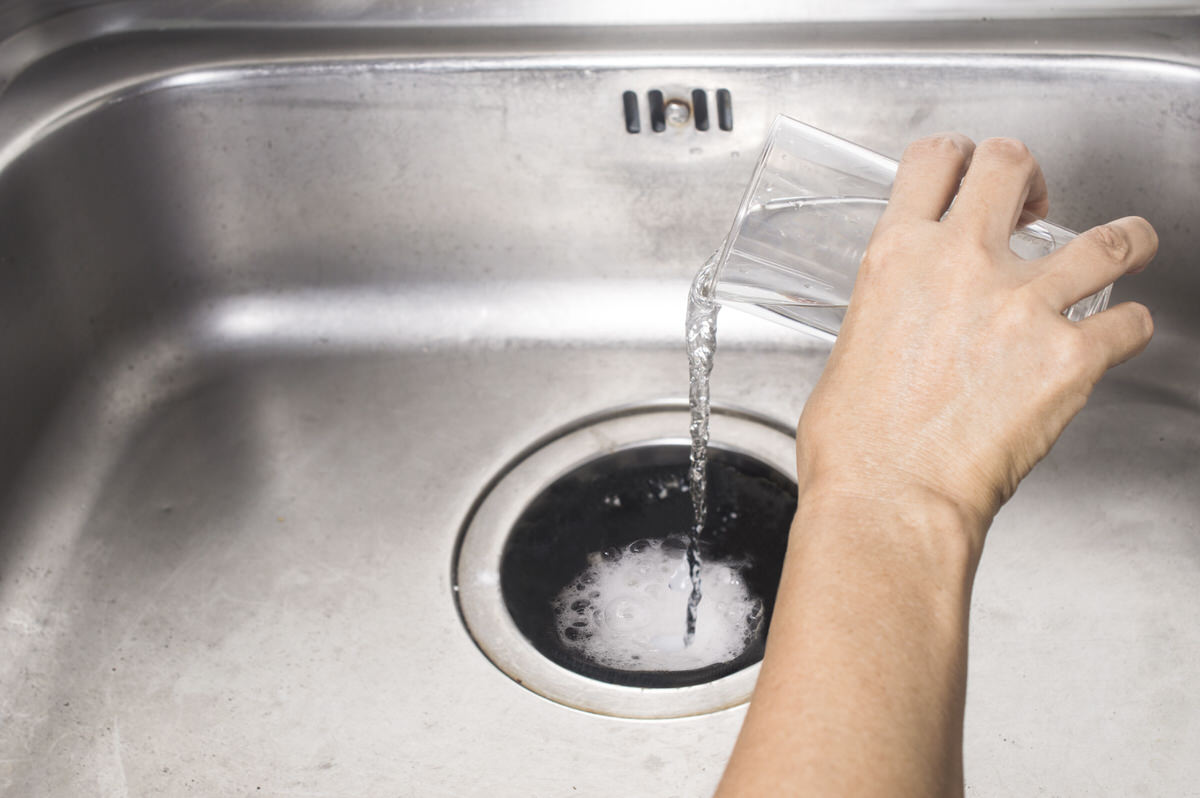In the realm of household chores, few tasks elicit as much dread as dealing with a clogged sink. The sluggish drain, the rising water level, and the ominous gurgle all signal an impending battle against the unseen buildup lurking beneath. Yet, amidst this plumbing predicament, there lies a humble hero waiting in our pantry shelves: baking soda. This versatile compound, known scientifically as sodium bicarbonate, holds the natural power to transform sink nightmares into a swift and eco-friendly resolution. In this comprehensive guide, we delve into the unclogging secrets of baking soda, exploring its chemistry, application techniques, and why it stands as a superior choice over conventional chemical cleaners.

The Science Behind Baking Soda’s Magic
Baking soda’s effectiveness in clearing drains stems from its alkaline nature and mild abrasive properties. When combined with an acid, such as vinegar, a chemical reaction occurs, releasing carbon dioxide gas that helps dislodge blockages. This reaction also produces sodium acetate and water, which further assist in breaking down greasy or organic matter clogging the pipes. Moreover, the fizzing action aids in pushing debris along, while the alkalinity neutralizes acidic substances that may contribute to pipe corrosion.
Preparing for Battle: The Right Ratio
To harness baking soda’s unclogging prowess, the right mixture is paramount. A common recipe involves using a 1:1 ratio of baking soda and white vinegar. Begin by pouring approximately one cup (240ml) of baking soda directly into the drain, followed by an equal amount of vinegar. The resulting volcanic eruption isn’t just visually satisfying; it’s a sign that the cleaning process has commenced. For severe clogs, consider doubling the quantities or repeating the treatment after an initial wait period.

Application Techniques: Precision Matters
The application of this natural remedy requires a bit of strategy. First, ensure the sink’s stopper is removed or the drain is clear to allow the mixture to reach the clog directly. After pouring in the baking soda and vinegar, cover the drain loosely with a cloth or plug to contain the reaction’s force and maximize its effect within the pipe. Allow the mixture to work its magic for at least an hour, or ideally overnight for stubborn clogs. During this time, the chemical reaction will soften and disintegrate the obstruction.
Post-Treatment Flush: Sealing the Victory
Once the waiting period is over, flush the drain with hot water. The heat helps dissolve any remaining residue and carries away loosened particles. For best results, use the hottest water your tap can provide without scalding risks. If you have access to a kettle, boiling water can be even more effective. Repeat the hot water flush several times until the water runs freely down the drain, indicating a successful operation.
Why Choose Baking Soda Over Chemical Cleaners?
In an era where environmental consciousness is paramount, baking soda shines as a green alternative to harsh chemical drain cleaners. Traditional cleaners often contain lye, hydrochloric acid, or other corrosive agents that can damage pipes, harm the environment upon disposal, and pose health risks if mishandled. Baking soda, on the other hand, is non-toxic, biodegradable, and safe for septic systems. It offers a family-friendly solution, especially for households with pets or small children who might accidentally come into contact with cleaning products.

Preventive Maintenance: Baking Soda’s Ongoing Role
Beyond crisis management, baking soda plays a crucial role in preventive drain maintenance. Regular use can help avoid clogs altogether. A weekly routine of pouring a half-cup of baking soda followed by hot water down the drain can keep pipes clean and flowing smoothly. Additionally, combining this with good kitchen habits, such as avoiding pouring grease down the drain and using a drain strainer, further fortifies your sink’s defenses against future blockages.
Addressing Complex Clogs: When to Call a Professional
While baking soda and vinegar can tackle a wide range of clogs, there are instances when professional intervention is necessary. Signs like persistent backups, foul odors, or complete drainage failure despite multiple DIY attempts may indicate a more serious issue, such as a collapsed pipe or a blockage far down the line. In these cases, attempting further homemade remedies could exacerbate the problem. Trusting a licensed plumber ensures the issue is diagnosed and resolved safely and effectively.

Enhancing the Effectiveness with Natural Additions
While the baking soda and vinegar duo is incredibly effective, there are ways to boost their unclogging powers naturally. For instance, adding a few drops of essential oil like tea tree oil can introduce antimicrobial properties to the mix, helping to eliminate bacteria and odors lingering in the pipes. Tea tree oil is a potent natural disinfectant and its use can leave your drain smelling fresh.
Another helpful addition is using a plunger after the baking soda and vinegar treatment. Plunging can create additional pressure that aids in shifting stubborn clogs. Ensure the drain is filled with a few inches of warm water before plunging to create a strong suction force. Remember to use a separate plunger for the toilet and the sink to prevent cross-contamination.
Innovative Applications: Baking Soda and Salt Combo
For particularly challenging clogs that might require extra abrasion, combining baking soda with salt can be highly effective. Mix equal parts of baking soda and coarse salt, then pour the mixture down the drain followed by boiling water. The salt enhances the abrasive quality of the baking soda, scraping away at the clog while the hot water helps dissolve and flush it out.
Sustainable Living and Cost-Effectiveness
Adopting baking soda as your primary drain cleaner contributes significantly to sustainable living practices. Not only is it environmentally friendly, but it’s also cost-effective compared to commercial drain cleaners that can be expensive and often require repeated purchases. Baking soda is a budget-friendly staple found in most homes, turning a routine chore into an affordable and green solution.

Conclusion: Harnessing Nature’s Cleaning Power
Baking soda stands as a testament to the notion that powerful cleaning solutions need not be synthetic or harmful. Its ability to unclog sinks, backed by science and centuries of practical use, makes it a go-to tool in every homeowner’s arsenal. By embracing this natural cleaner, we not only resolve everyday household dilemmas but also contribute to a safer home environment and a healthier planet. So, the next time you face a sink crisis, remember: the solution may be as simple as reaching for that box of baking soda sitting quietly in your pantry.


